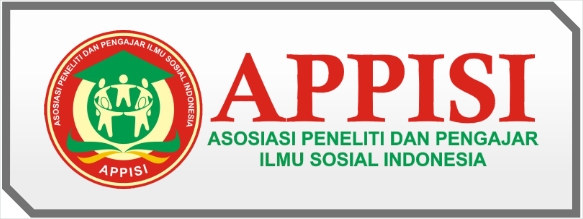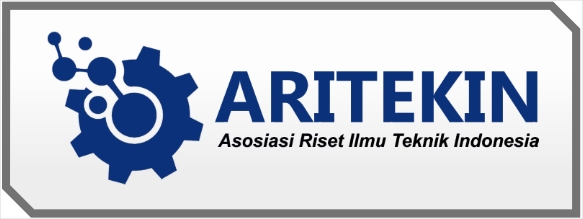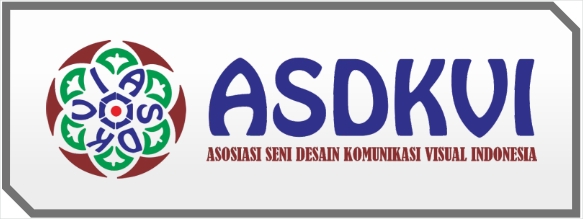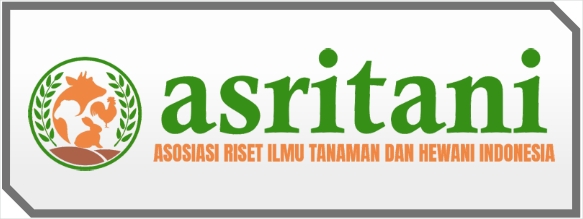Pelatihan Kewirausahaan Melalui Pembuatan Aneka Kue Berbahan Baku Lokal Desa Kebon Temu Peterongan Jombang
DOI:
https://doi.org/10.59581/jphm-widyakarya.v1i4.1786Keywords:
Ubi kayu, assorted cakes, mocaf flour, kampung kue.Abstract
The huge availability of cassava raw materials can be utilized as a substitute or substitute for wheat, so breakthrough technology is needed to be able to modify cassava by increasing its usability so that it is suitable as a substitute for wheat flour in the processing of food products, such as cookies, bread, and noodles (Zulaidah, 2011). Another effort that can be made is to develop cassava flour derivative products, namely mocaf flour (Modified Cassava Fluor). Since many housewives produce cakes in Kebontemu village, the village is known as "Kampung Kue" (Kebontemu, 2023). However, very few people know about mocaf flour. Whereas mocaf is an alternative to wheat flour which is cheaper but has a higher nutritional value and is healthier. it is hoped that this training can be an important milestone in encouraging economic growth, especially the Kebon Temu Village Community, Peterongan Jombang. the participants of this training were attended by 20 mothers who often make processed wet cake snacks made from wheat flour. the following (1) continue training in making various cakes made from local cassava on a regular basis, (2) update information about business phenomena, especially in the digital era while still paying attention to aspects of improving communication skills:Training as a local cassava-based cake maker can help participants improve their communication skills. This includes the ability to package messages in a way that is engaging, compelling and relevant for their target audience. Strong communication skills are essential in today's business world, where digital Mocaf Flour-based Assorted Wet Cookies are becoming increasingly dominant.
References
Asosiasi Produsen Terigu Indonesia. 2017. Data Impor Gandum. https://industria.kontan.co.id/news/
Afridal, M. (2017). Strategi Pengembangan Usaha Roti Tanjong di Kecamatan Samalanga kabupaten Bireaun. Jurnal S. Pertanian, 223 ± 233.
Badan Pusat Statistik. 2017. Data Impor Gandum Indonesia 2017. [Online] Available at: http://www.bps.go.id
Ejiofor, M. A. N. dan N. Okafor. (1980). Comparison Pressed and Unpressed Cassava Pulp for Gari Making. Di dalam Tropical Root Crops Research Strategies for the 1980S. Proceedings of The First Triennial Root Crops Symposium of The International Sociaty for Tropical Root. Africa Branch
Gisslen, W. (2017). Professional Baking.
Sari, Fitri Dian Nila; Jairani, E. N. (2019). Uji Daya Terima Dan Kandungan Gizi Bolu Kukus Dari Tepung Kulit Singkong. Dunia Gizi, 2(1), 1–11. Retrieved From Http://Ejournal.Helvetia.Ac.Id/Index.Php/Jdg/A rticle/Download/2982/246
Subagyo. (2006). Pengembangan Tepung Ubi kayu sebagai Bahan Industri Pangan. Seminar Rusnas Diversifikasi Pangan Pokok Industrialisasi Diversifikasi Pangan Berbasis Potensi pangan Lokal. Kementrian Ristek dan Seafast Center. IPB. Serpong
New Jersey: John Wiley & Sons.
Hani, R. (2014). Kumpulan Tip Antigagal Membuat Kue Kering. Jakarta Selatan: PTY Agromedia Pustaka.
Wahyuningsih, S. B. 1990. Pengaruh Lama Fermentasi dan Cara Pengeringan terhadap Mutu Gari yang Dihasilkan. Skripsi Fakultas Teknolog Pertanian IPB Bogor
Zulaidah, A. 2011. Modifikasi Ubi Kayu Secara Biologi Menggunakan Starter Bimo-CF Menjadi Tepung Termodifikasi Pengganti Gandum. Tesis Magister Teknik Kimia Universitas Diponegoro
















